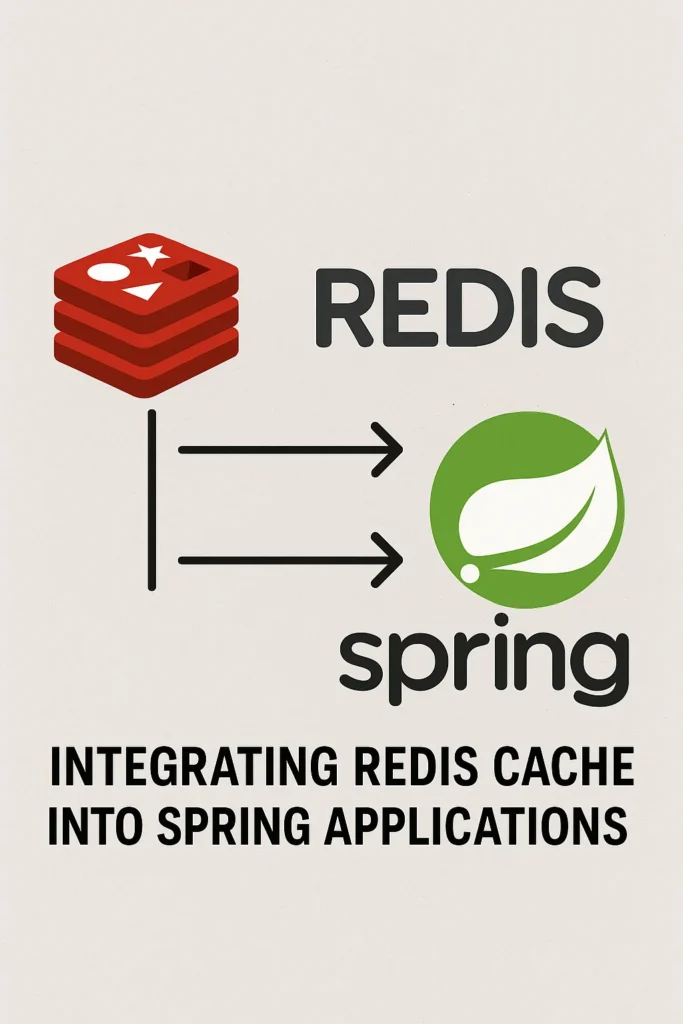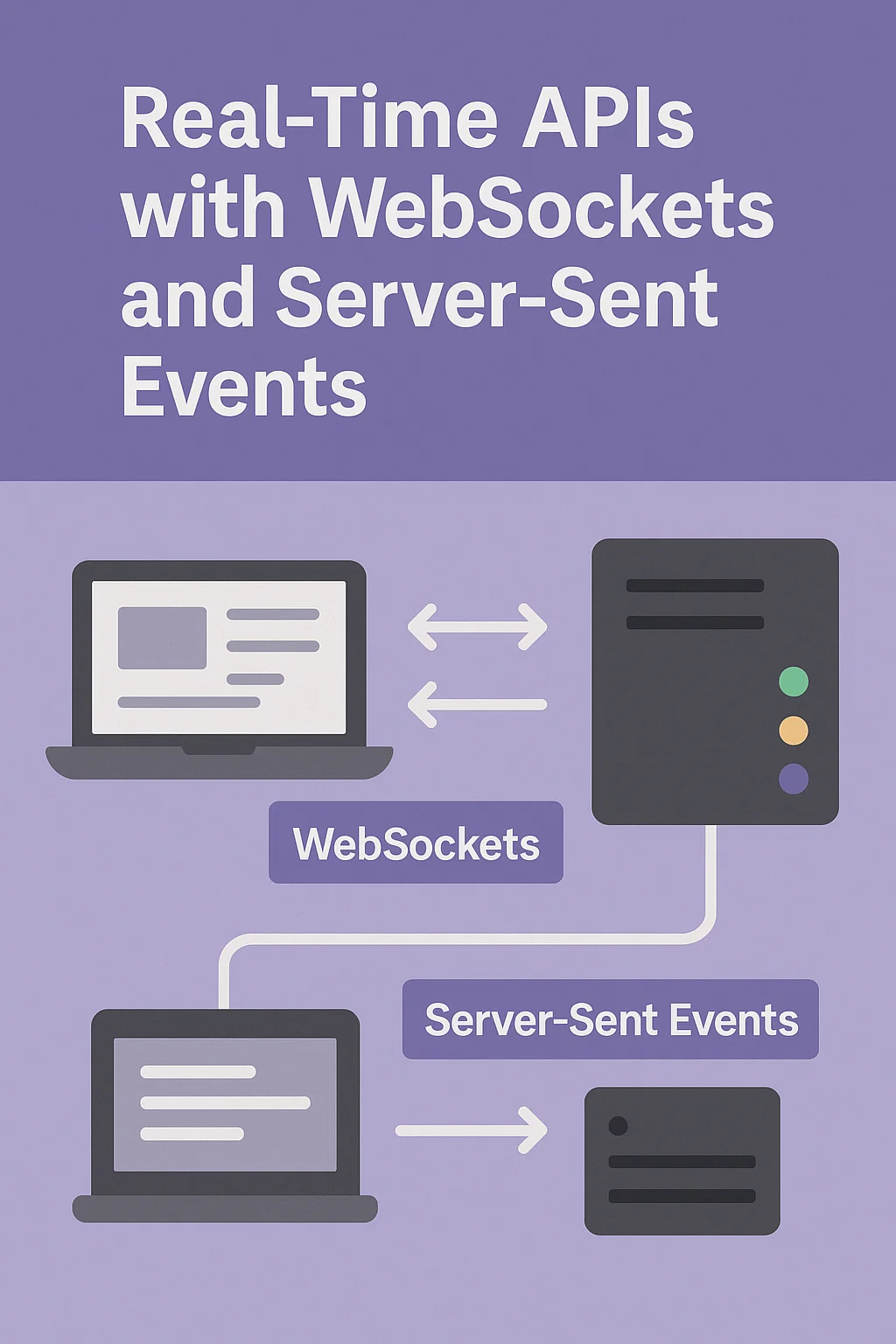
Introduction
Caching is one of the most effective ways to speed up applications. Instead of hitting the database for every request, you can store frequently used data in a fast in-memory store. Redis, combined with Spring Boot, makes caching simple, powerful, and highly scalable. In this post, you’ll learn why Redis is popular, how caching works in Spring, and how to integrate Redis into your application for instant performance gains.
Why Use Redis for Caching?
Redis is an in-memory data store known for its speed, flexibility, and low latency. Because it keeps data in memory instead of disk, it can return results much faster than traditional databases.
Key Advantages
- Extremely fast (sub-millisecond response times)
- Supports strings, hashes, sets, lists, and more
- Works well in microservices architectures
- Ideal for caching, rate limiting, sessions, and queues
- Integrates seamlessly with Spring
Therefore, Redis is often the first choice for applications that need to scale and respond quickly.
Adding Redis to a Spring Boot Project
Start by adding the Redis and Spring Cache dependencies to your project:
<dependency>
<groupId>org.springframework.boot</groupId>
<artifactId>spring-boot-starter-data-redis</artifactId>
</dependency>
<dependency>
<groupId>org.springframework.boot</groupId>
<artifactId>spring-boot-starter-cache</artifactId>
</dependency>
Configure Redis Connection
Add your Redis settings to application.yml:
spring:
redis:
host: localhost
port: 6379
If you’re using Docker locally, start Redis with:
docker run -p 6379:6379 redis
Enabling Caching in Spring
Spring Boot includes a built-in caching abstraction. First, enable caching in your application:
@SpringBootApplication
@EnableCaching
public class App { }
This simple annotation activates Spring’s cache management system.
Adding Cache to Your Service
You can now add cache to any method by using the @Cacheable annotation:
@Service
public class UserService {
@Cacheable("users")
public User getUserById(String id) {
simulateSlowLookup();
return new User(id, "John Doe");
}
private void simulateSlowLookup() {
try {
Thread.sleep(3000); // slow method
} catch (InterruptedException e) {
e.printStackTrace();
}
}
}
The first call takes time, but subsequent calls return instantly from Redis.
Updating Cached Values
Use @CachePut when you want to update the cache after a method runs:
@CachePut(value = "users", key = "#id")
public User updateUser(String id, User user) {
return user;
}
Removing Cached Data
Use @CacheEvict when deleting or invalidating cached results:
@CacheEvict(value = "users", key = "#id")
public void deleteUser(String id) { }
Using RedisTemplate for Advanced Use Cases
For more direct control, use RedisTemplate to work with Redis data types:
@Autowired
private RedisTemplate<String, Object> redisTemplate;
public void saveValue() {
redisTemplate.opsForValue().set("key", "value");
}
public String getValue() {
return (String) redisTemplate.opsForValue().get("key");
}
This approach is helpful for queues, sets, or complex caching strategies.
Best Practices for Redis Caching
- Use proper TTLs (Time-To-Live) to prevent stale data.
- Cache only expensive or frequently accessed results.
- Use meaningful cache names and keys.
- Monitor cache usage and memory through Redis tools.
- Avoid caching large objects unnecessarily.
- Keep Redis in a separate instance for production (not embedded).
Following these practices ensures stable performance and prevents memory issues.
When to Use Caching
Caching is most effective when:
- Database queries are slow
- APIs deliver repeated or predictable results
- Services experience heavy read traffic
- You need to reduce the load on downstream systems
However, avoid caching when data changes constantly or when consistency is more important than speed.
Final Thoughts
Integrating Redis with Spring Boot is one of the quickest ways to improve application performance. With just a few dependencies and annotations, you can reduce load on your database, speed up responses, and handle high traffic easily. Start with basic caching using @Cacheable, then add TTLs, custom keys, or RedisTemplate for advanced use cases. To explore related backend patterns, read Building Reactive APIs with Spring WebFlux. For full documentation, see the Redis Spring Data Guide.


